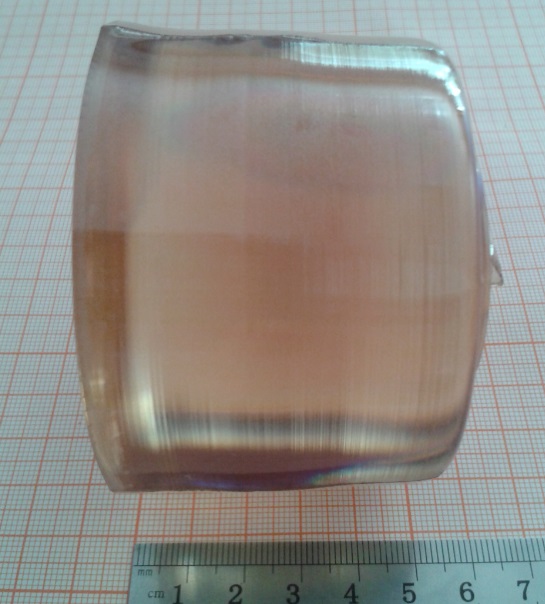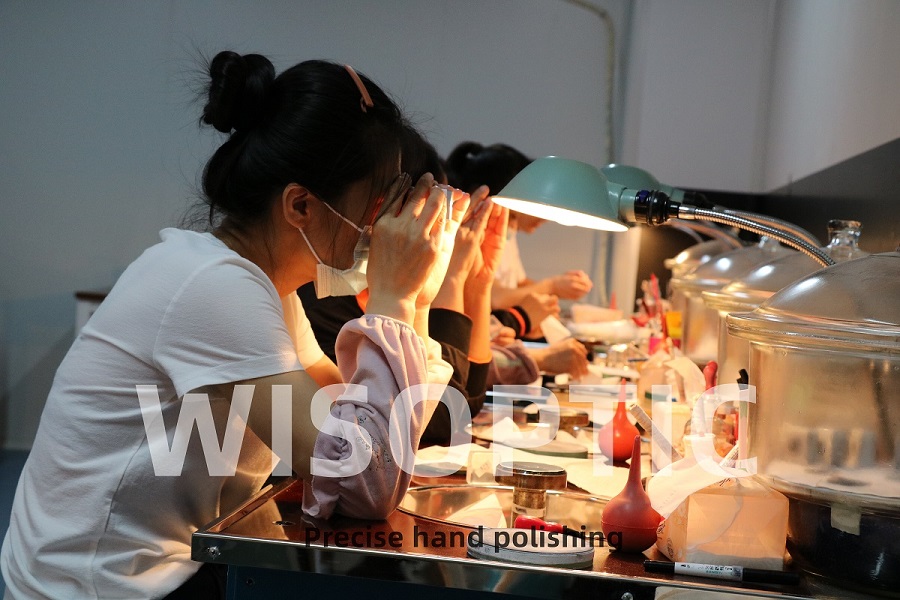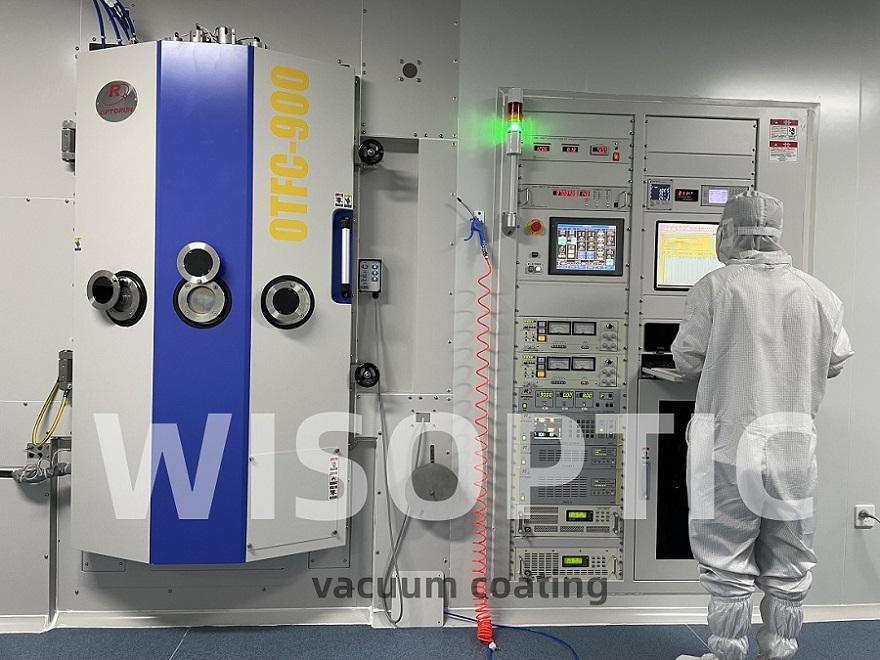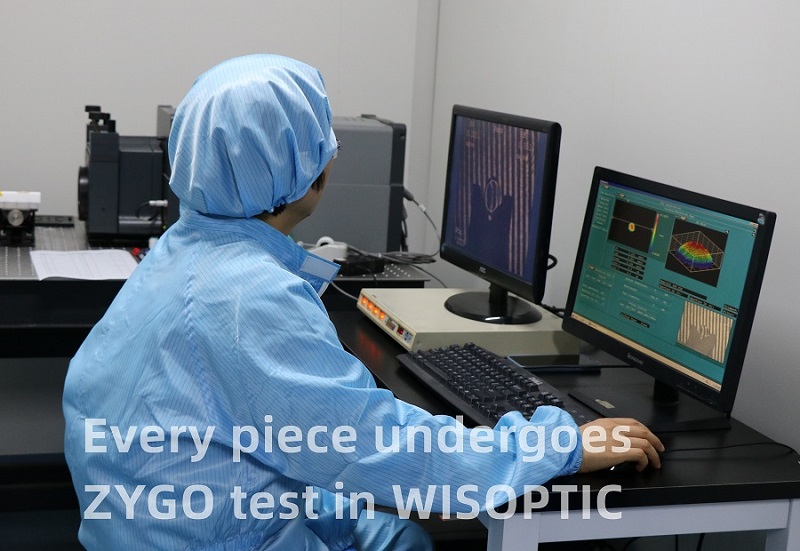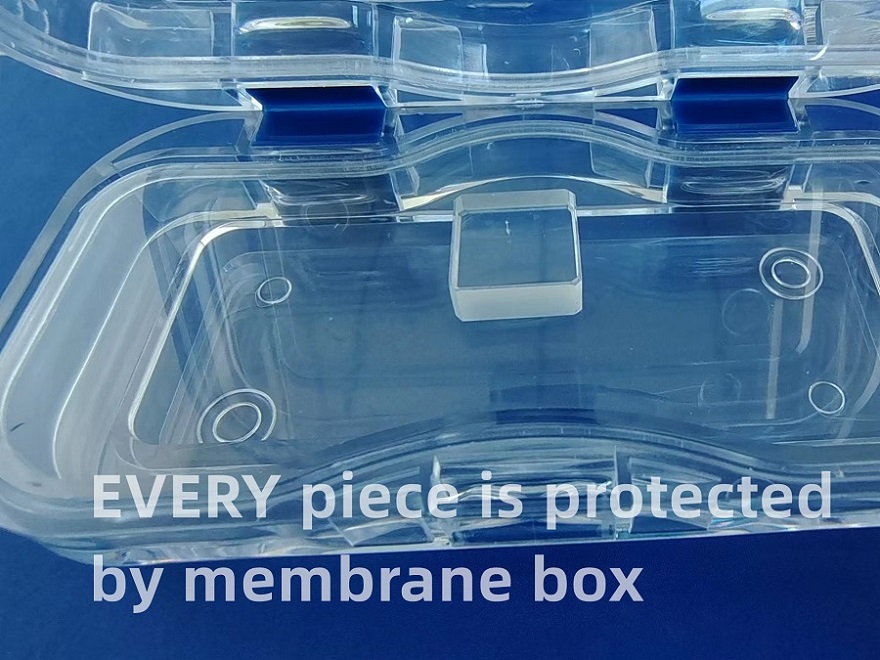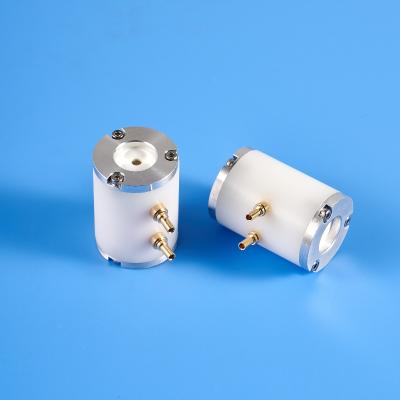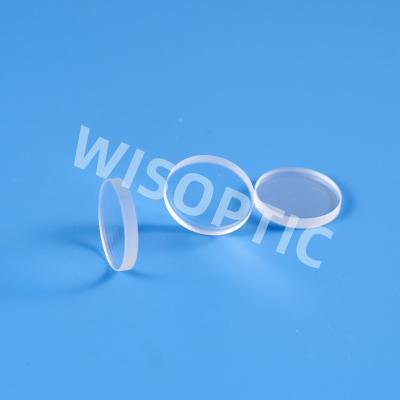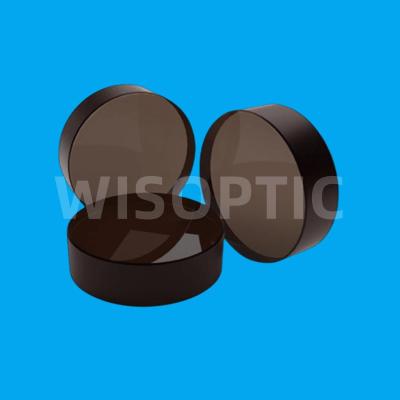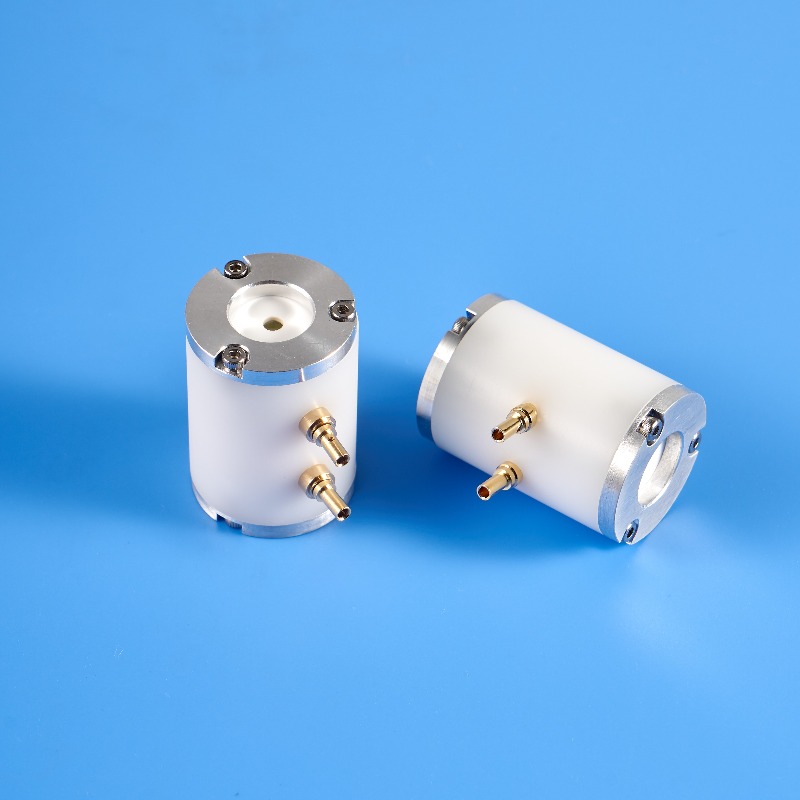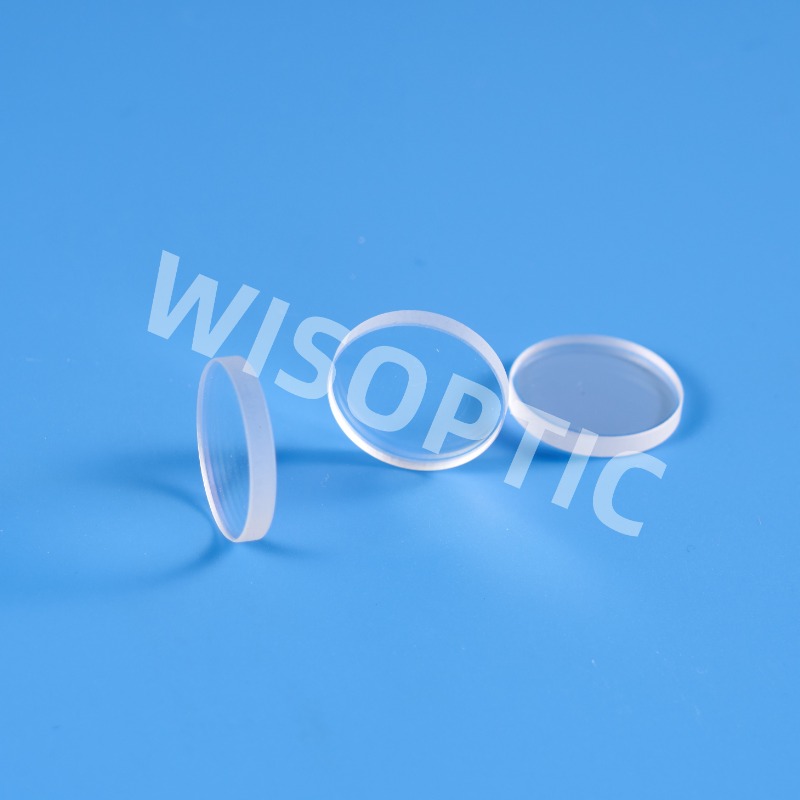MgO Doped LiNbO3 with Various Doping Ratio
Advantages of MgO:LiNbO3 compared with pure LiNbO3
• Higher frequency doubling (SHG) efficiency for pulsed Nd:YAG (65%) and CW Nd:YAG (45%)
• Higher performance in applications of OPO, OPA, QPM doublers and integrated waveguide
• Much higher photorefractive damage threshold
Features of MgO:LiNbO3
High homogeneity
WidetTransparency range
High value of damage threshold
Good electro-optical properties
Good photoeleastic properties
One of the most important drawbacks of popular LiNbO3 crystal is its susceptibility to photorefractive damage (optically induced change of refractive index, usually under exposure with blue or green CW light). The usual way to eliminate this effect is to keep LN crystals at elevated temperatures (400K or more). Another way to prevent photorefractive damage is MgO-doping (usually at levels of around 5 mol% for congruent LN). What is good is that such MgO-doped congruent LiNbO3 crystals have a much lower coercive field value than undoped LN crystals.Recently, it was shown that stoichiometric LiNbO3 crystals, doped with only 1 mol% MgO, possess higher photorefractive damage threshold than 5 mol% MgO-doped congruent LN samples.
Specifications of MgO:LN components:
(Typical doping ratio: 5%)
| Wavefront distortion: less than λ/6 @ 633 nm |
| Dimension tolerance: (W +/- 0.1 mm) x (H +/- 0.1 mm) x (L + 0.2/-0.1mm) |
| Clear aperture: > 90% central area |
| Flatness: λ/8 @ 633 nm |
| Surface Quality: Scratch/dig 20/10 per MIL-O-13830A |
| Parallelism: better than 20 arc seconds |
| Perpendicularity: 5 arc minutes |
Angle tolerance: Δθ < +/-0.25o, Δφ < +/-0.25o |
Applications of MgO:LiNbO3
Waveguide modulator
As a Q-switching in Nd: YAG lasers
Being used in frequency doubling at room temperature for 1064nm laser light
Range finder
Laser radar
Mobile telephones

